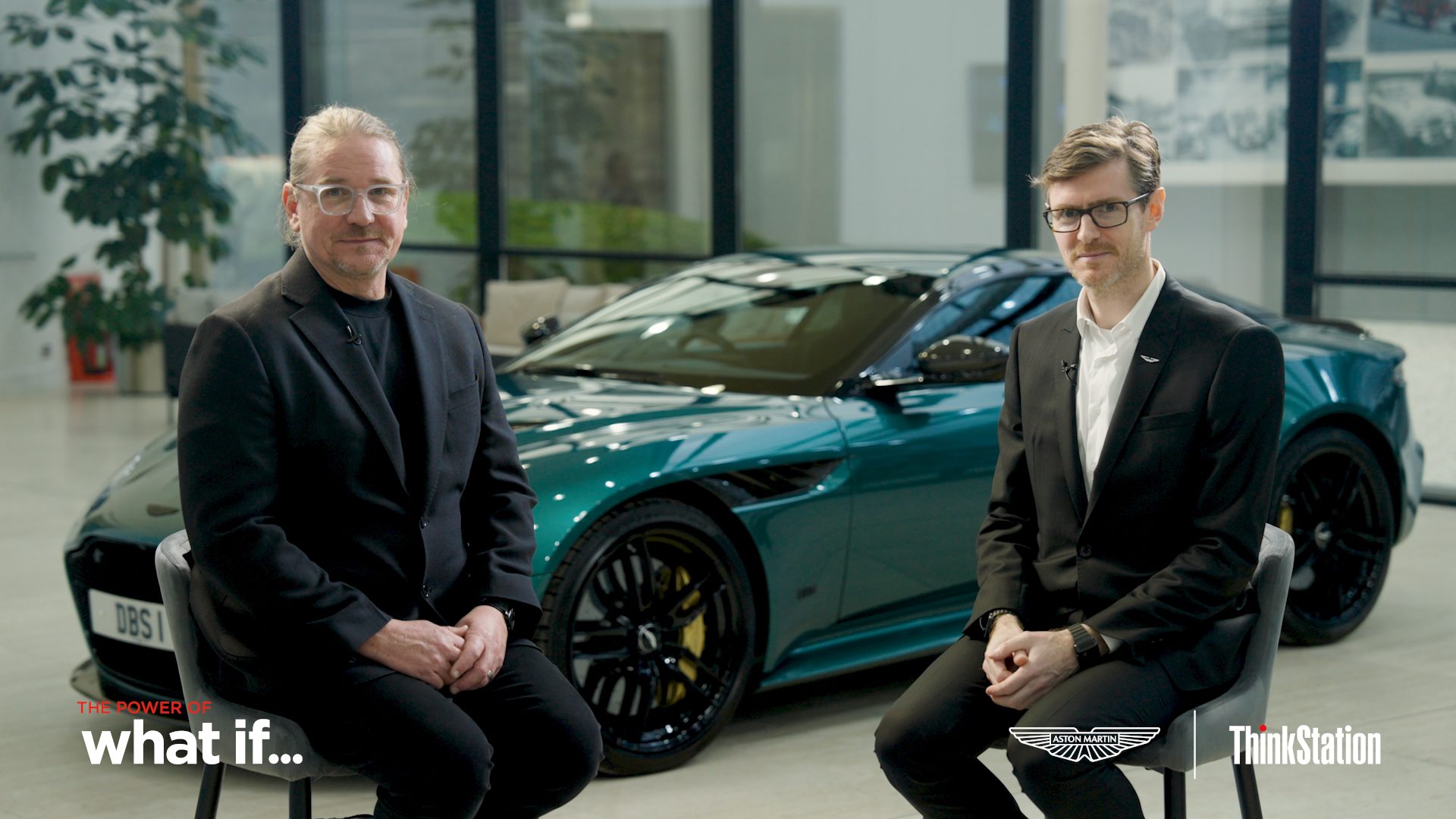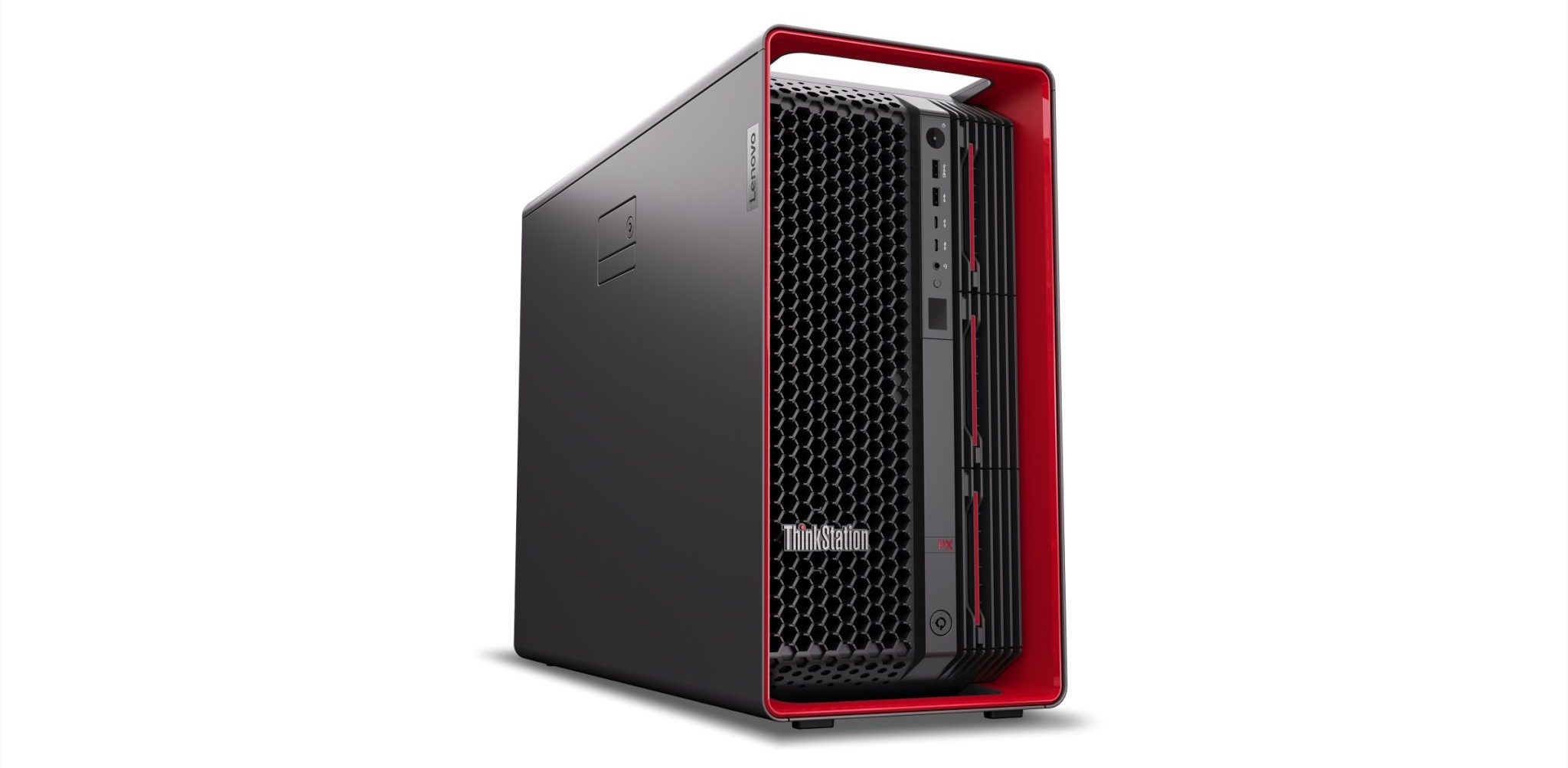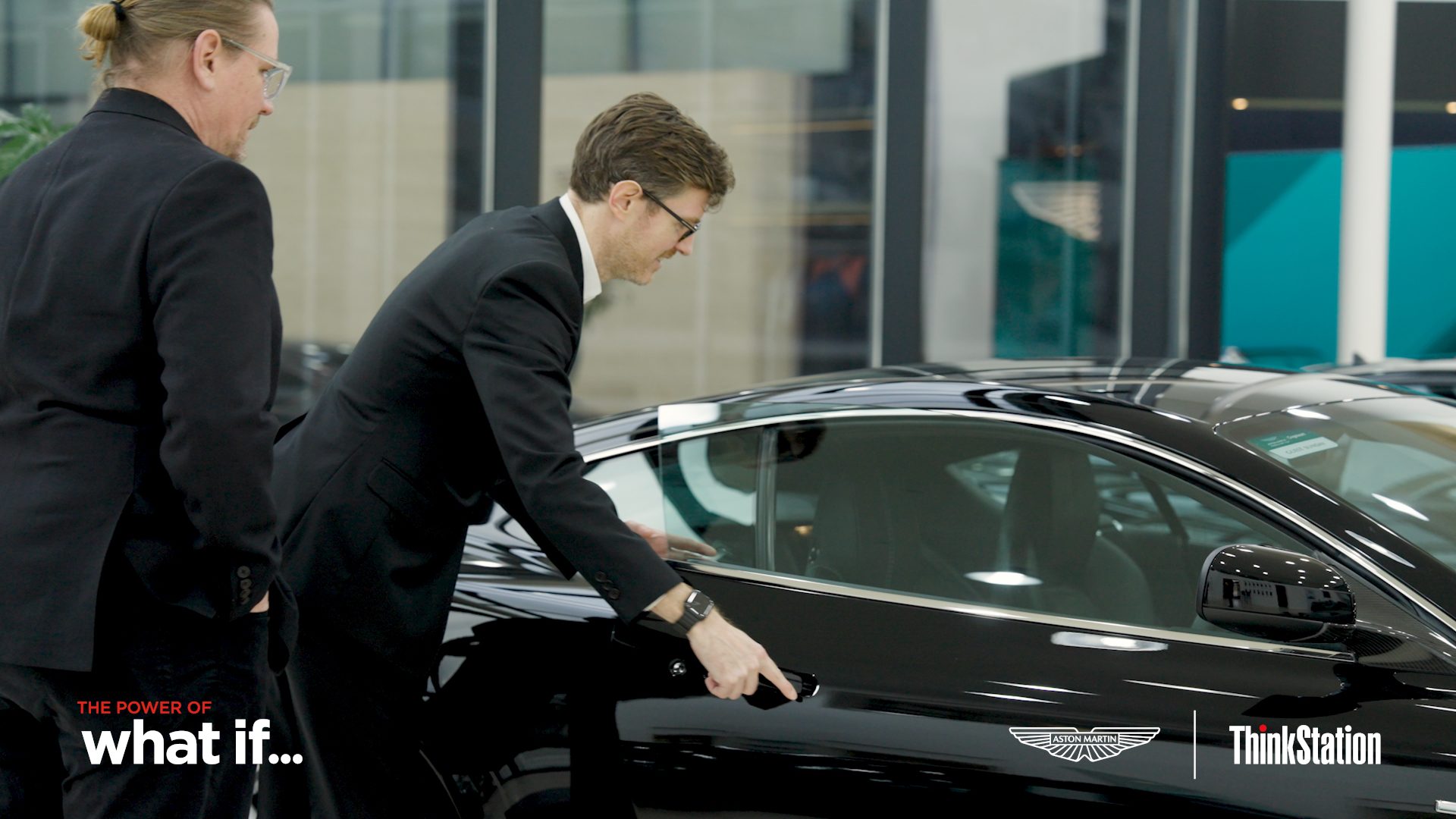Earlier today Lenovo announced the launch of the ThinkStation PX, P7 and P5 – three of the most technologically advanced desktop workstations we have ever built. To bring this trio of workstations to life, we partnered with our customer Aston Martin, a renowned high-performance automotive manufacturer and leader in the ultra-luxury vehicle market, to co-design the new ThinkStation chassis.
I recently had the pleasure of traveling to the UK and visiting Aston Martin’s headquarters in Gaydon, where I was able to sit down and speak with Cathal Loughnane, Director of Partnerships at Aston Martin, about our design collaboration. The big topic of discussion? How designing high-performance desktop workstations has more in common with designing high-performance Aston Martin luxury cars than you might ever think. Read on below to learn more about how our collaboration sought to reflect Lenovo’s iconic Think design language, provide the highest possible performance and enable new levels of customization never seen before.
Brian Leonard: We spent a lot of time talking about the future of these new ThinkStations and what both of our teams wanted to achieve with this collaboration. Can you share from your perspective what was most important?
Cathal Loughnane: Well, I think the three design challenges for this collaboration were really to create an iconic design for a high performance workstation that had incredible ergonomics and customizability. This has been a really unique project for us because not only did we have an opportunity to collaborate with another great design team, but we also got to collaborate on designing the high performance machines that we are then going to use to design the next generation of our high performance vehicles.
Brian Leonard: Can you talk about the iconic design a little bit?
Cathal Loughnane: Absolutely. I think that’s very much the foundation of the project. One of the first things we did when the Lenovo team came to the UK and when our designers went to North Carolina, was to really study the amazing history of Lenovo design. We looked at the legacy of the iconic red and all the different layers and subtle versions of black that’s evolved over the past decades and generations of ThinkPads and ThinkStations.
Brian Leonard: Giving customers access and the flexibility to configure their system based on their specific needs is where we really brought in the signature Lenovo Red. Can you talk more about how it’s used as a wayfinding design element?
Cathal Loughnane: The red is not only the icon or the signature of the Lenovo brand, but it’s also the guide to the machine. For instance, if you need to know how to swap the drives, look for the red. If you need to power on the machine, look for the red. Need to change the fan inside the tower? Look for the red. The ultimate in ergonomics is there is no user manual and you don’t need one with this new design. The new ThinkStation will tell you how it needs to be manipulated to make sure you can do what you need to do as quickly and as efficiently as possible.
Brian Leonard: It’s interesting to actually see some of the elements of the Aston Martin and ThinkStation brands come together. Can you share more about where those intersections are evident in the new chassis design?
Cathal Loughnane: I think performance is really the connective tissue that binds both design teams together and both brands together. Whether you’re rendering or racing, performance is everything. We worked a lot on how to optimize and increase the performance of the next generation of ThinkStations to be able to keep pace with workstation users’ most complex workflows. Whether you’re cooling a thunderous V12 engine in a vehicle or cooling the latest generation of a NVIDIA GPU in a workstation, it’s always the same challenge. How much air can we get in through the front and how efficiently can we pass it over what needs to be cooled? When the Lenovo team visited our headquarters and saw our iconic DBS grand tourer and its immense powerful front grill, that was really the key inspiration for the airflow concept that was created for the ThinkStation PX.
Another really interesting design intersection was incorporating the iconic flush door handles from Aston Martin that’s been on our cars for decades now as a way to enhance the ergonomics of the machine. That was a creative touch and an engineering challenge that we worked on with the Lenovo design and engineering teams to see how we could create an amazing flush handle to the door that opens up into the inside of the workstation for quick and easy configurability.
The End is Just the Beginning
While the creation of an iconic new ThinkStation chassis is the final product of the three-year design collaboration journey with Aston Martin, this is really just the beginning. This next-generation lineup of desktop workstations uniquely combines a purposefully designed form factor with the functionality users need to innovate faster and tackle the workloads of the future. We can’t wait to see what our customers are able to achieve with these powerful new machines. To learn more about the ThinkStation PX, P7 and P5, visit www.lenovo.com/thinkstations.



